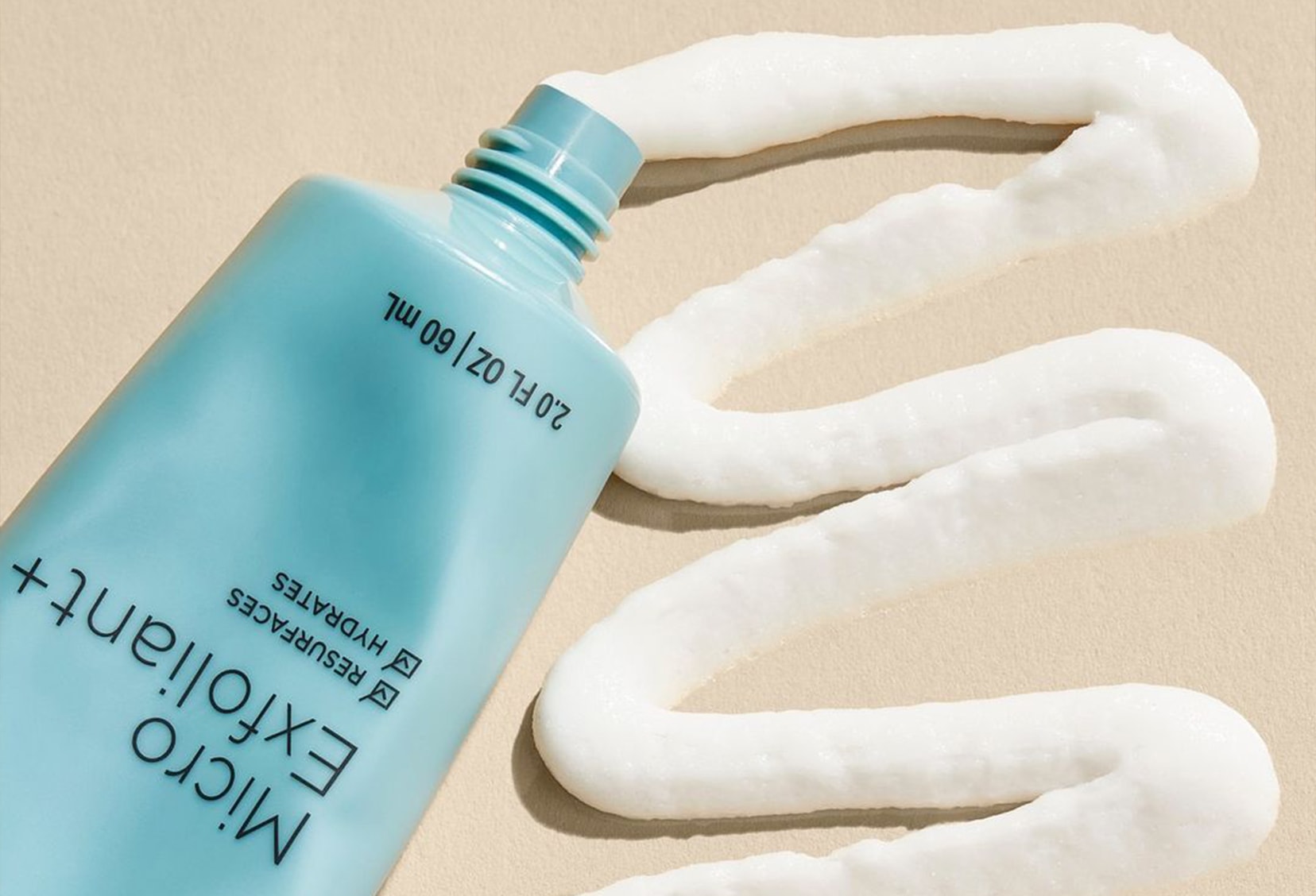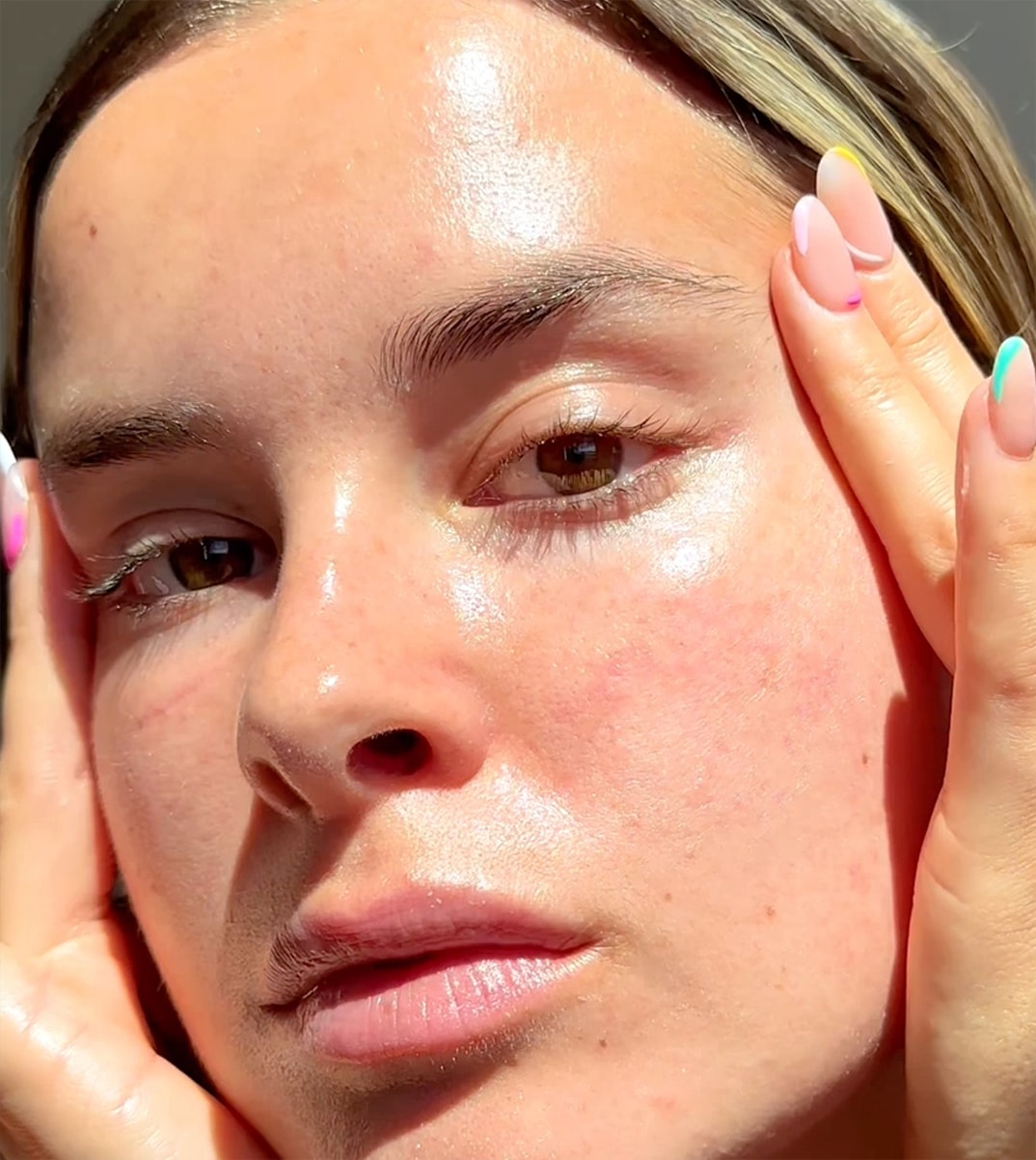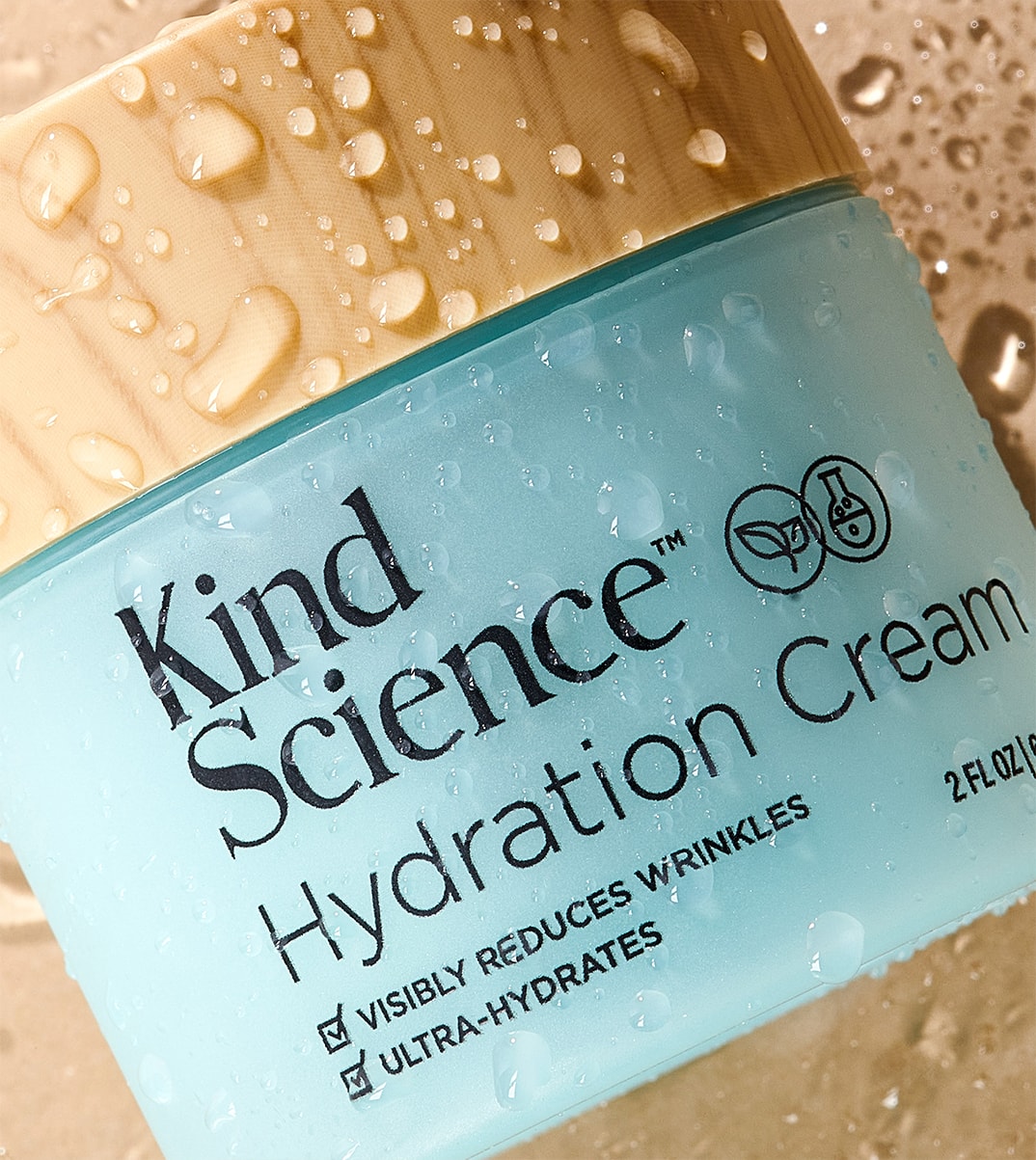
BLOG
How & When to Exfoliate Your Face For Best Results

As the largest organ in your body – and one of the most complex – your skin requires a lot of loving care to remain healthy-looking as time goes by. That’s why it’s important to find skincare products you can trust and develop an effective skin care routine that works for you.
Exfoliation is a crucial step in your skincare routine, but many people have questions about how to best exfoliate your face based on your skin type. Let’s take a look at exactly how and when to exfoliate for the best results.
What Is Face Exfoliation?
Before we dive into how to exfoliate your face and when to do it, let's start by defining exfoliation. In simple terms, exfoliation is the process of removing debris and dead cells that build up on the surface of your skin each day.
There are different methods of face exfoliation, including chemical exfoliation - which uses acids and other chemicals to loosen the dirt and dead cells - along with mechanical exfoliation - which involves the use of a manual tool or polishing scrub to physically remove the surface buildup.
What Are the Benefits of Exfoliating Your Face?
Dermatologists and other experts strongly recommend exfoliation because of its many skin care benefits. Here are some of the benefits of exfoliating your face:
- Removing Dead Cells - Did you know that you lose an average of 500 million skin cells every single day? That's a lot of cells, and many of the dead ones remain in place on the surface layer of your skin, trapping dirt and debris in place and blocking the fresh, new cells underneath. Exfoliating helps to get rid of them.
- Improving Your Complexion - Removing dirt and dead cells can improve the appearance and texture of your skin. As the old cells are washed away and new cells come to the surface, the skin looks younger, healthier, and more radiant as a result, while also feeling softer and smoother to the touch.
- Preventing Spots and Clogged Pores - Another major benefit of exfoliation is that it can help prevent clogged pores, acne breakouts, blemishes, and other skin issues The process of exfoliation helps to free your pores of trapped debris for a smooth, clear complexion.
- Promoting Firmer-Looking Skin - Regular exfoliation can help your skin look plumper, tighter and younger with improved bounce.
How to Best Exfoliate Your Face
It's clear that exfoliation is important – but how do you do it? Let’s take a step-by-step look at how to exfoliate your face using each of the two exfoliation methods, mechanical and chemical:
Mechanical Exfoliation
- First, select a non-irritating facial scrub to use.
- Apply a small amount of product to your damp face and neck.
- Gently massage for a few seconds with light, circular motions.
- Thoroughly rinse your face and neck with warm (not hot) water.
- Pat your face dry with a soft towel and apply some moisturizer.
Chemical Exfoliation
- Choose a non-irritating chemical exfoliant formulated with acids or enzymes.
- Apply the exfoliant with light, circular motions, avoiding your eye area.
- Follow the instructions listed on the package. Some chemical exfoliants can be rinsed away immediately, while others need to stay in place for several minutes first.
- Rinse your face thoroughly and pat it dry before applying some moisturizer.
How to Best Exfoliate by Skin Type
One of the keys to knowing how and when to exfoliate for best results is understanding your skin type. Dry skin, for example, has different needs than oily skin when it comes to exfoliation. Here are some exfoliation tips for each skin type:
- Exfoliation for Dry Skin - For dry skin, exfoliation is super important, as it gets rid of the dead, flaky debris on top and allows the healthier, more hydrated layers beneath to surface. Chemical exfoliators or a gentle scrubs are best for dry skin, which can be prone to irritation.
- Exfoliation for Oily Skin - For oily skin, mechanical exfoliation may be the best approach. Oily skin tends to have a greasy, film-like layer on the surface, which can be difficult for chemical formulas to penetrate. Use a clinically validated exfoliating scrub or a product that’s both chemical and mechanical.
- Exfoliation for “Normal” Skin - If your skin doesn’t have any notable dryness or oily areas, feel free to use whichever method of exfoliation you prefer. Both mechanical and chemical exfoliation can work well on this skin type.
- Exfoliation for Sensitive Skin – Sensitive skin needs ultra-gentle exfoliation. Use a mild chemical exfoliator, applied in a thin layer, and be sure to rinse thoroughly.
- Exfoliation for Combination Skin - If you have combination skin, with a mixture of dry and oily patches around your face, try using a scrub on the oily areas and a chemical method on the drier areas. Always remember to moisturize afterward.
When to Best Exfoliate Your Face
To avoid over or under exfoliating your face, experts recommend using an exfoliant once or twice a week. However, the exact recommendation can vary for different skin types. Here's a list of when to exfoliate, depending on your type of skin:
- Dry Skin - For dry skin, once a week is optimal.
- Oily Skin – Oily skin types can exfoliate up to three times a week.
- Normal Skin - Once a week should suffice for normal skin.
- Sensitive Skin - Once a week is the maximum for sensitive skin.
- Combination Skin - Twice a week may be needed for combination skin.




